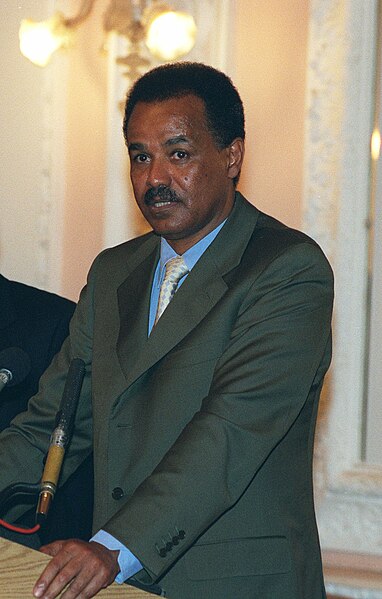A one-party state, single-party state, one-party system or single-party system is a governance structure in which only a single political party controls the ruling system. All other parties are either outlawed or only enjoy limited and controlled participation in elections. Sometimes the term "de facto one-party state" is used to describe a dominant-party system that, unlike the one-party state, allows democratic multiparty elections, but the existing practices or balance of political power effectively prevent the opposition from winning power.
Image: Xi Jinping 2016
Image: Miguel Díaz Canel (cropped)
Image: Isaias Afwerki in 2002
Image: Mr. Thongloun Sisoulith
A political party is an organization that coordinates candidates to compete in a particular country's elections. It is common for the members of a party to hold similar ideas about politics, and parties may promote specific ideological or policy goals.
The members of political parties, such as those of the Indian National Congress (pictured), coordinate to collectively achieve and use political power.
In A Block for the Wigs (1783), James Gillray caricatured Fox's return to power in a coalition with North. George III is the blockhead in the centre.
Political parties like the Romanian Communist Party can arise out of, or be closely connected to, existing segments of society, such as organizations of workers.
It is easier for voters to evaluate one simple list of policies for each party, like this platform for the United Australia Party, than to individually judge every single candidate.








